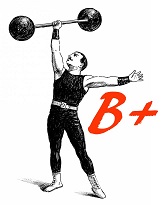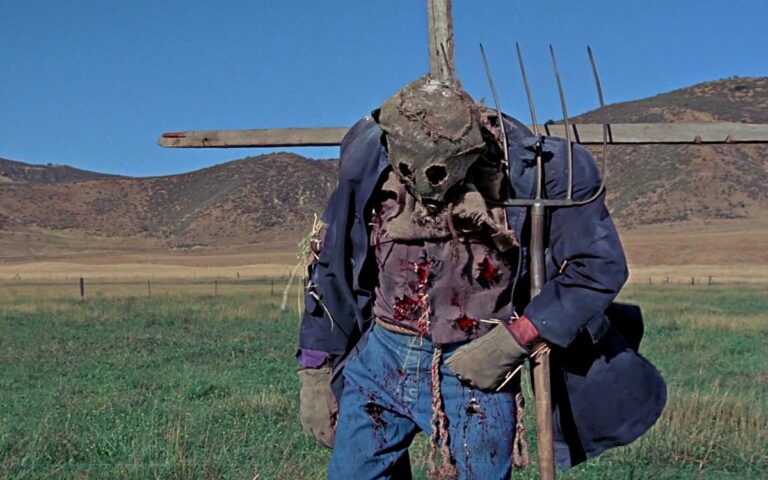“Dark Night of the Scarecrow” was released on October 24, 1981, during the dawn of the cable television era. While most of its peers in the TV movie category have long since been forgotten, it has since garnered a loyal following amidst the horror community – specifically with those who grew up in the 1980s.
Matts Memory
As a child, I was a bonafide scardy-cat. I hid from any type of horror from TV and movies to the covers of my mom’s Stephen King collection. My friend Eric was the opposite. He loved blood and guts and scary movies. And his parents had all the premium channels.
It was Eric who first showed “A Nightmare on Elm Street,” a film that rendered me sleepless for weeks. And it was at a sleepover that Eric made me watch “Dark Night of the Scarecrow.” It terrified me for decades. Specific parts were tattooed in my mind. And now, as a horror connoisseur, I wanted to revisit.

I expected a hokey television production and what I got was a surprisingly competent chiller. The story was written by J.D. Feigelson and Butler Handcock. Frank De Felitta would serve as director and its his keen vision coupled with economical scares and bloodshed that rival or even surpass most horror movies today.
Spoilers!
Sort of. If you haven’t watched it, stop reading, even though the entire plot is laid out within the first handful of minutes.
Bubby Ritter (Larry Drake) is an imposing but kindhearted mentally challenged man. Bubba plays with his best friend, ten-year-old Marylee. The friendship has drawn the ire of the brooding town mailman, Otis Hazelrigg (the great Charles Durning).
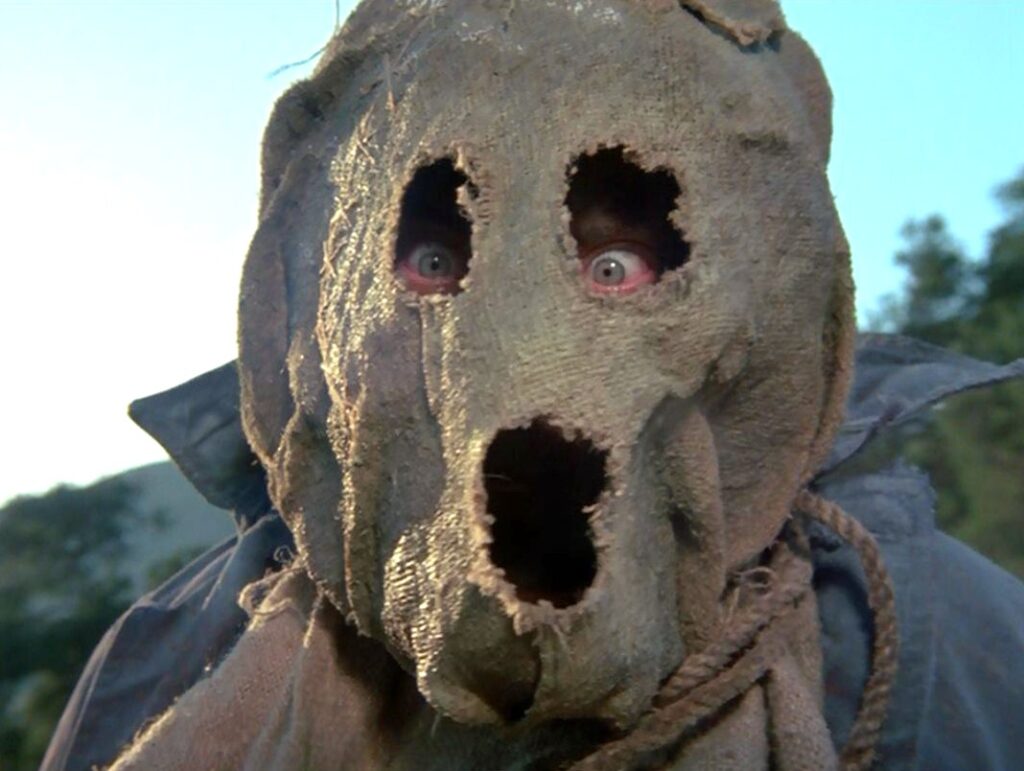
When Marylee (Tonya Crowe) is attacked by a dog, Bubba is quickly blamed. Otis, who was already looking for an excuse to harm Bubba, forms a lynch mob and pursues. The posse discovers Bubba hiding inside a scarecrow where they summarily execute him. Trust me – the image of Bubba’s terrified eyes from behind the scarecrow mask as he pleads for his life is one that will stay with you forever. Otis and his gang have seemingly gotten away with murder. Until an eerie scarecrow mysteriously appears in one of their fields.
Agriculture Horror
Set in a rural country town, the story successfully applies the use of deadly farm equipment, oppressive heat, and small-town mentality. The cinematography is beautiful. Sweeping shots of farm fields show the vastness of country life. Clothes are sweaty and dirty. It feels hot and sticky. Everyone knows everyone else’s business. With the help of composer Glenn Paxton, De Felitta’s brings this podunk town to life
The Cast
Charles Durning had a career spanning six decades including over two-hundred appearances on stage, film and television. His biography reads like a best-selling novel, I would urge you to check it out. I know him from the best (and only good) episode of “Amazing Stories” and a cheesy Hallmark Christmas movie where he played Santa Claus. Durning is a highly likeable person playing Otis Hazelrigg, a highly unlikeable character. Durning is such a great actor he does this remarkably well.
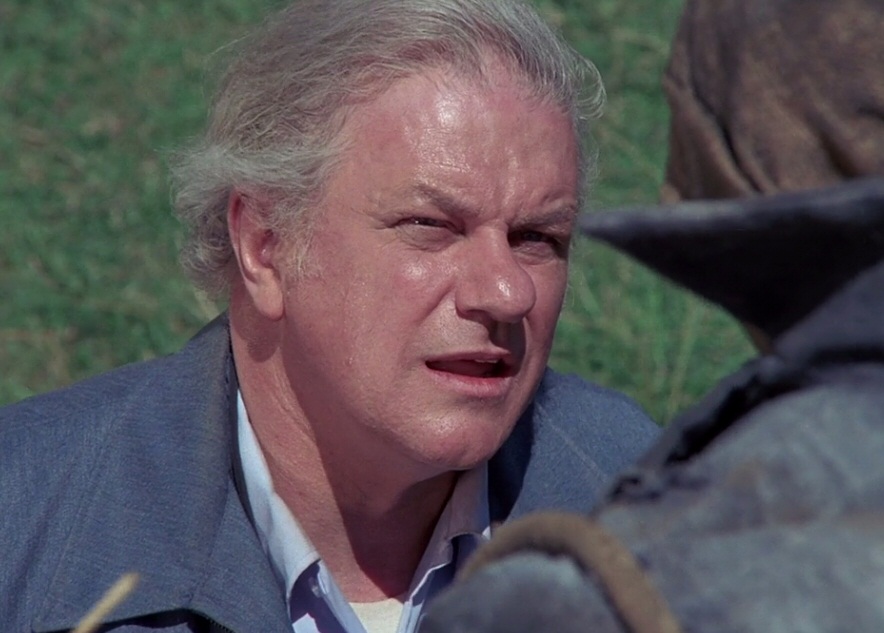
Larry Drake is not mentally challenged but portrays Bubba with a sincerity that never gets cringy. His screen time is limited, which helps. Ironically, Drake would go on to win multiple Emmy’s for playing a developmentally disabled character on “L.A. Law.” Drake is something of an icon amidst the horror community, having starred in numerous B type films over the years.
The supporting cast is made up of names you may not know but faces you will certainly recognize. Robert F. Lyons, Claude Earl Jones, Lane Smith, and Alice Nunn. Jocelyn Brando plays Bubba’s mother and is known for being the older sister of Marlon Brando.
The Lost Art of Allusion
“Dark Night of the Scarecrow” works with its limitations of being a made for TV movie. Yes, the standard definition quality ages the production. But it also puts it right at home with classic VHS horror from that period, so it never feels like something from TV. They can’t show blood. So, Frank De Felitta hints at death with subtleties and clever camera tricks. Rather than showing something gory and graphic, its implied, letting the viewer’s mind do the work.
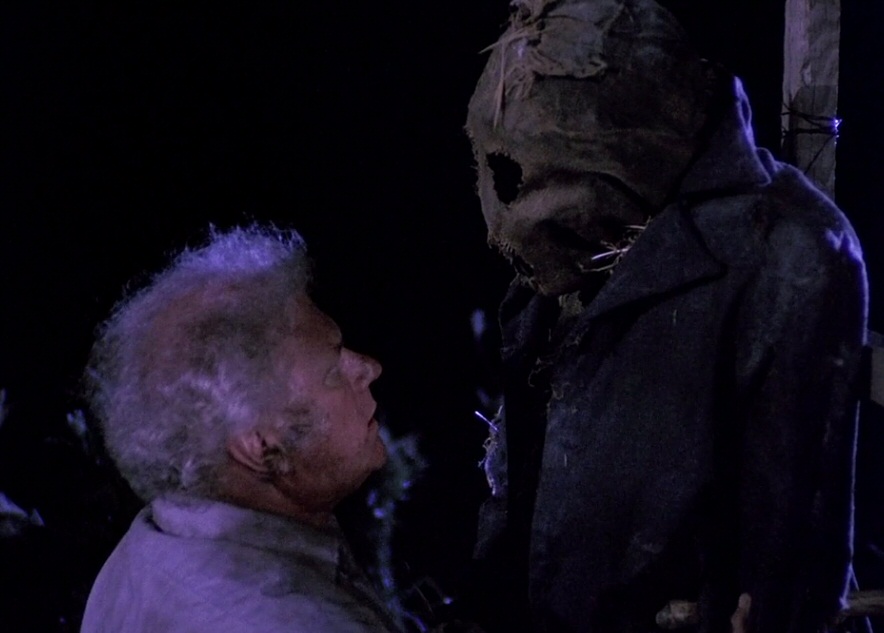
At the beginning of the movie, we don’t see it when the dog attacks. The camera pans to the eyes of creepy garden gnomes as we hear a vicious bark and snarl and the agonizing screams of a little girl.
The character of Otis Hazelrigg is painted with over-the-top prejudices. But subtle moments and various dialogue offer a glimpse of a man much more sinister. Rather than detailing his backstory, its hinted at softly throughout the 96 minutes. Facets like this are much more effective for some reason. As mentioned before, the moments of terror manage to stay imbedded within you long after watching.
April begins Halfway to Halloween.
“Dark Night of the Scarecrow” is a movie you either cherish or have never heard of. If you land in the latter, do yourself a favor and check it out. It’s a movie with tons of suspense and a handful of truly scary scenes drizzled throughout. Its restrictions as a TV movie have lent to its staying power. Its set at harvest time. There’s a Halloween dance. The climax takes place in a pumpkin patch. Let the 2025 horror season begin.
